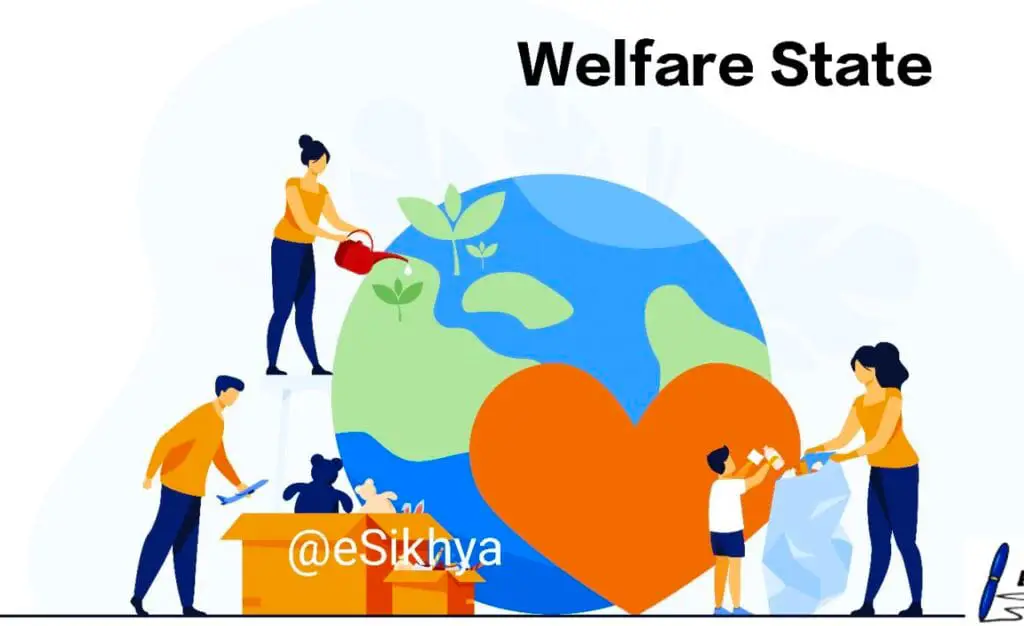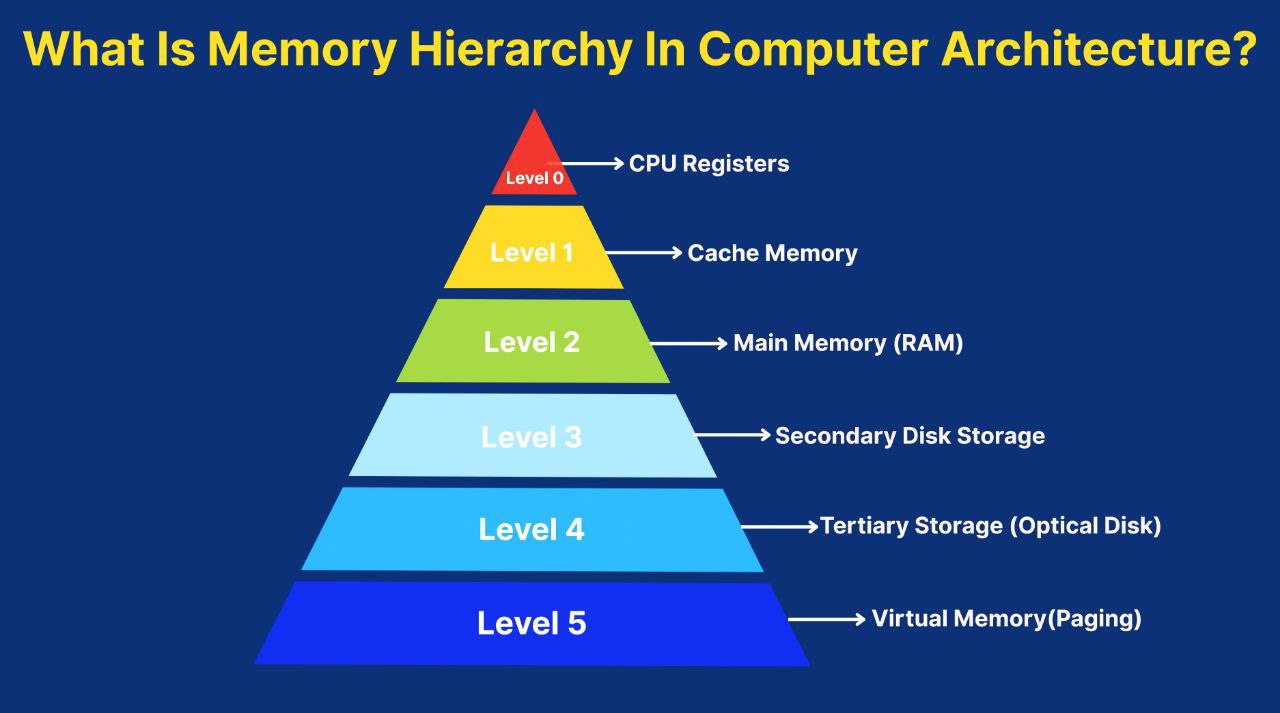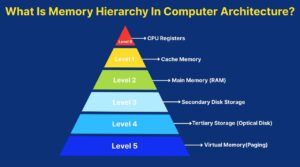How India is a Welfare State Discuss ?

A welfare state is a government system in which the state plays an active role in ensuring the economic and social well-being of its citizens. This concept is grounded in the belief that the government should provide certain services and benefits to all individuals, regardless of their ability to pay, to ensure a basic standard of living and promote social equity.
India as a Welfare State
Constitutional Framework
India’s commitment to being a “Welfare State” is enshrined in its Constitution. The Preamble declares India as a “sovereign, socialist, secular, democratic, republic” dedicated to securing social, economic, and political justice for all its citizens.
The Directive Principles of State Policy (Part IV of the Constitution) explicitly guide the state to promote the welfare of the people by securing a social order in which justice,social, economic, and political shall inform all the institutions of national life.
Key Features and Programs
- Social Security and Welfare Schemes :
- Mahatma Gandhi National Rural Employment Guarantee Act (MGNREGA) : Guarantees 100 days of wage employment to rural households.
- Pradhan Mantri Jan Dhan Yojana (PMJDY) : Aims to ensure access to financial services such as banking, savings, and insurance.
- Pradhan Mantri Ujjwala Yojana (PMUY) : Provides LPG connections to women from Below Poverty Line (BPL) households.
- Healthcare :
- Ayushman Bharat : A comprehensive health insurance scheme aimed at providing health coverage to economically vulnerable families.
- National Rural Health Mission (NRHM): Focuses on improving healthcare delivery in rural areas.
- Public Health Infrastructure : Establishing Primary Health Centres (PHCs) and Community Health Centres (CHCs) to provide accessible healthcare.
- Education :
- Right to Education (RTE) Act : Ensures free and compulsory education for children aged 6 to 14.
- Mid-Day Meal Scheme : Provides free lunches to children in primary and upper primary classes in government schools.
- Sarva Shiksha Abhiyan (SSA) : Aims at universalizing elementary education.
- Housing :
- Pradhan Mantri Awas Yojana (PMAY) : Provides affordable housing to the urban and rural poor.
- Indira Awaas Yojana (IAY) : Now part of PMAY-Gramin, aims at providing houses to the rural poor.
- Employment and Labor Welfare :
- Skill India Mission : Aims to train over 40 crore people in different skills by 2022.
- National Skill Development Corporation (NSDC) : Public-private partnership to promote skill development.
- Labor Laws: Various acts to protect workers’ rights, such as the Minimum Wages Act and the Employees’ Provident Funds and Miscellaneous Provisions Act.
- Food Security :
- Public Distribution System (PDS) : Provides subsidized food grains to the poor.
- National Food Security Act (NFSA) : Ensures food and nutritional security by providing access to adequate quantity of quality food at affordable prices.
- Women and Child Welfare :
- Integrated Child Development Services (ICDS) : Provides food, preschool education, and primary healthcare to children under 6 and their mothers.
- Beti Bachao Beti Padhao : Aims to address the declining child sex ratio and promote education for girls.
- Janani Suraksha Yojana (JSY) : Promotes institutional delivery among poor pregnant women.
- Economic Stability and Redistribution :
- Tax Policies : Progressive taxation to ensure wealth redistribution.
- Subsidies : Subsidies on food, fuel, and fertilizers to assist the economically weaker sections.
Challenges
While India has made significant strides in establishing a welfare state, it faces several challenges:
- Implementation Gaps: Inefficiencies and corruption in the implementation of welfare schemes.
- Resource Constraints: Limited financial resources to fund expansive welfare programs.
- Inclusive Growth: Ensuring that economic growth translates into benefits for all sections of society, particularly the marginalized and vulnerable groups.
- Quality of Services: Improving the quality of services provided under various welfare schemes.
Conclusion
India’s identity as a welfare state is rooted in its constitutional commitment and a broad array of social welfare programs aimed at improving the well-being of its citizens. While significant progress has been made, ongoing efforts are necessary to address the challenges and ensure that the benefits of these programs reach all segments of society effectively.
Puja Pattanayak
Very nice ur explanation
Simanchala Nayak
Thank you For Your Comment,Support & Appreciation Thank you.






2 comments